Car brands in the UK and Europe have never really fully embraced the idea of loyalty points, bar Ford’s now defunct membership of the Nectar points scheme. But that’s all set to change as they try to build more direct, app-based relationships with their customers.
“Almost all major auto players are looking to develop solutions which can increase direct engagement,” Manuel Wiener, head of innovation and strategy at consultantcy Capgemini Invent, told Autocar.
To get a sneak preview of a possible future for customer loyalty programmes for car companies in Europe, you need to explore the eye-popping world of Chinese car makers and the extraordinary growth of the ‘fan’s economy’ in their home country.
Brands such as Lynk&Co, Nio and Xpeng – all three of which are now pushing into Europe - have developed their apps into something far more than just a place to check your average fuel economy or pre-heat your EV.
Instead they’ve managed to create entire communities where owners and non-owners alike are encouraged to engage with the promise of rewards.
For Autocar Business webinars and podcasts, visit Autocar Business Live
Geely-owned Lynk&Co and start-up Nio begun the trend, creating their respective apps in 2017.
The biggest players have created digital spaces that combine an owner’s forum, an online shopping centre, a car communication device and, in the case of Lynk&Co, what a spokesman described as “Etsy on steroids” where users can sell each other products.
The claimed numbers of users are incredible. Nio reckons it has 2.4 million users, of whom 440,000 are active daily. Lynk&Co says it has almost 1.9 million users, of whom 180,000 check or post daily. Of those 1.9 million, only 700,000 are actually Lynk&Co owners, meaning more than half of its users are just fans of the brand.
Nio even launched its app before its cars. “It’s not just about the product,” Hui Zhang, head of Nio in Europe, told Autocar. “It all comes back to our vision to build a community based around a smart EV – what we call Nio life.”
The points, or CoCoins in Lynk&Co speak, are awarded mainly to spur on more interaction.
“We want to build a relationship with customers. Just giving cash would be weird. Points are fun,” said Jackie Qiang, head of Xpeng sales in Europe. “It encourages people to post something in the community, go through the education programme, introduce friends to buy a car, things like that.”


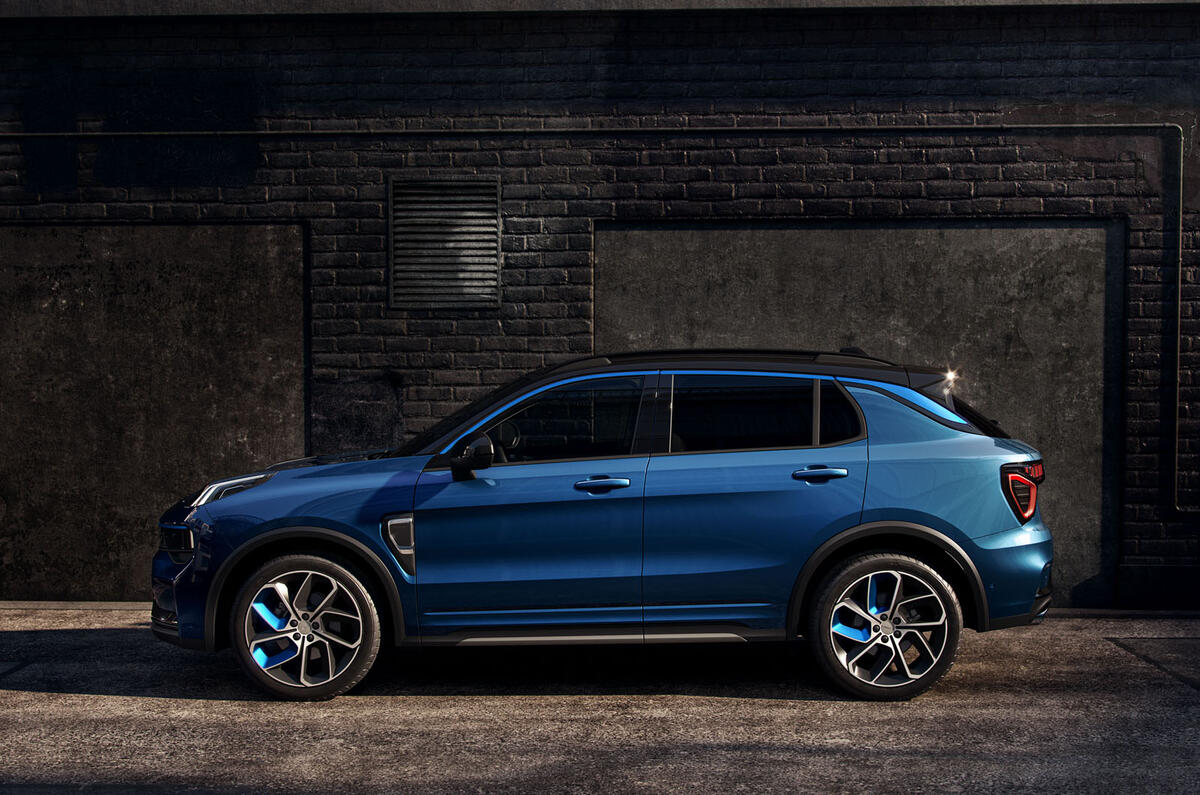
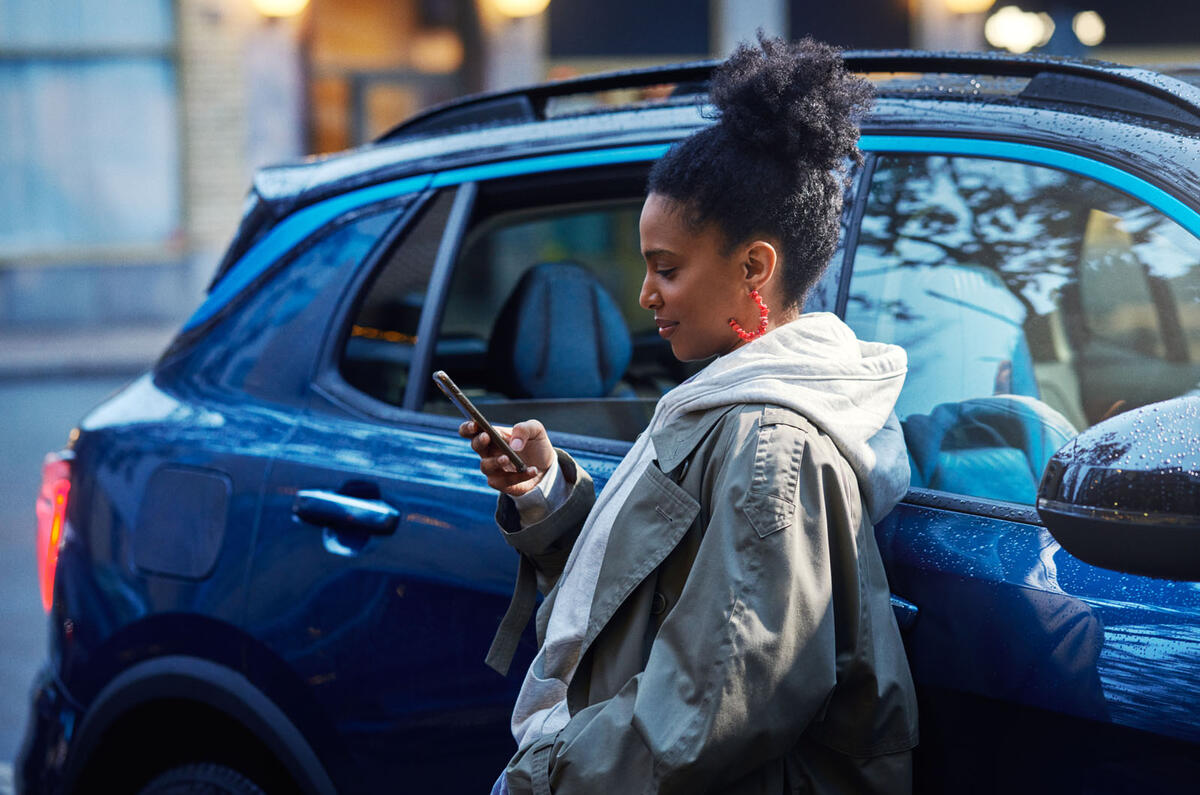
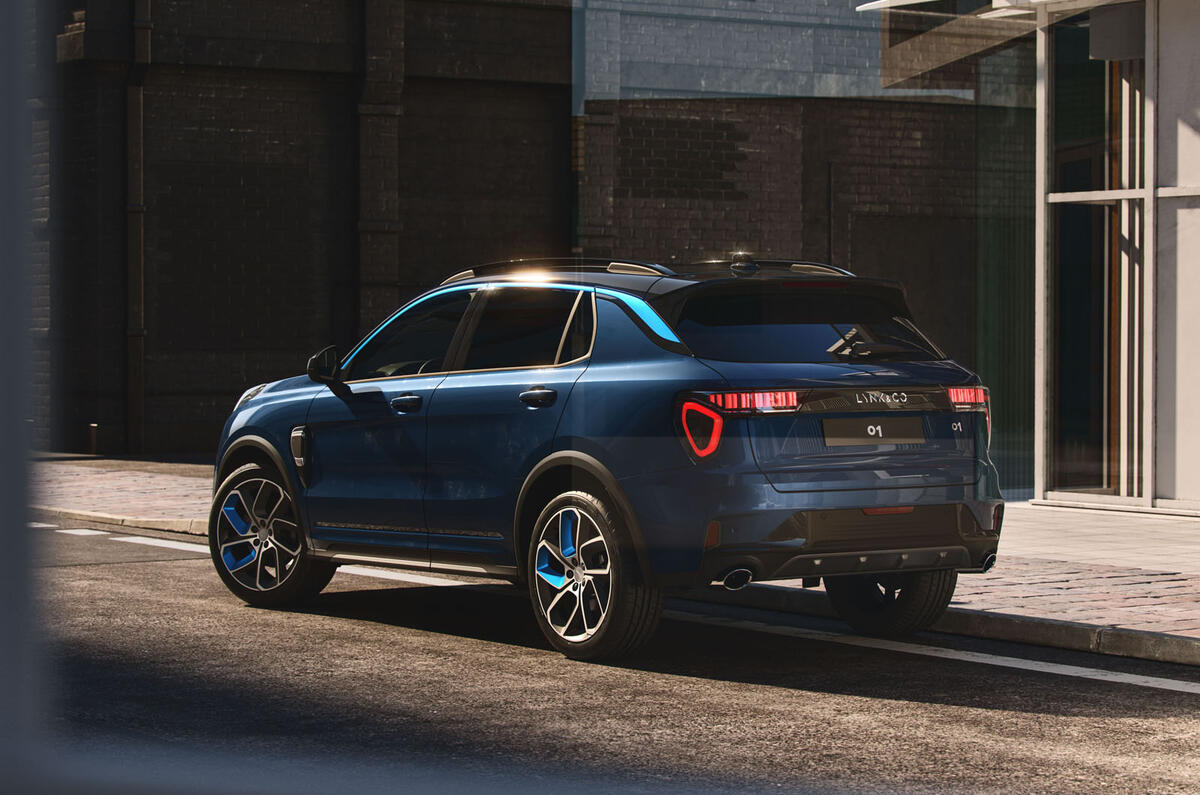
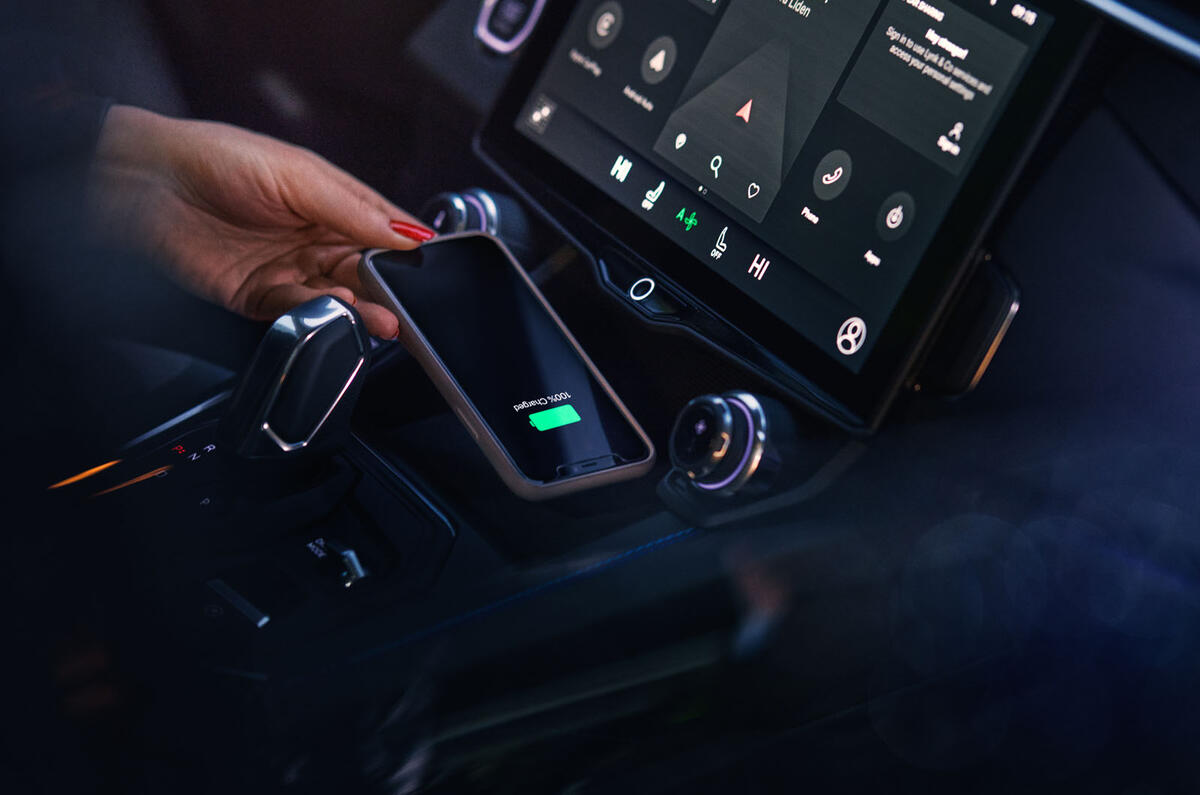
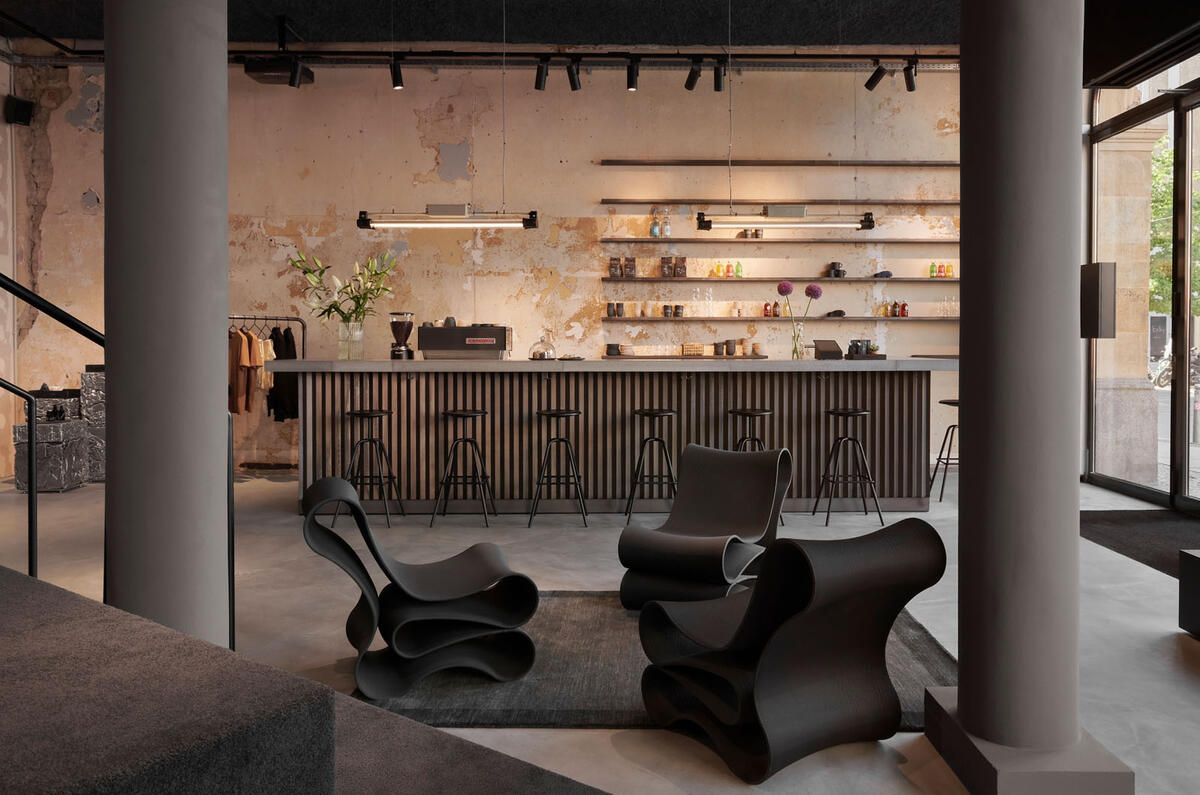
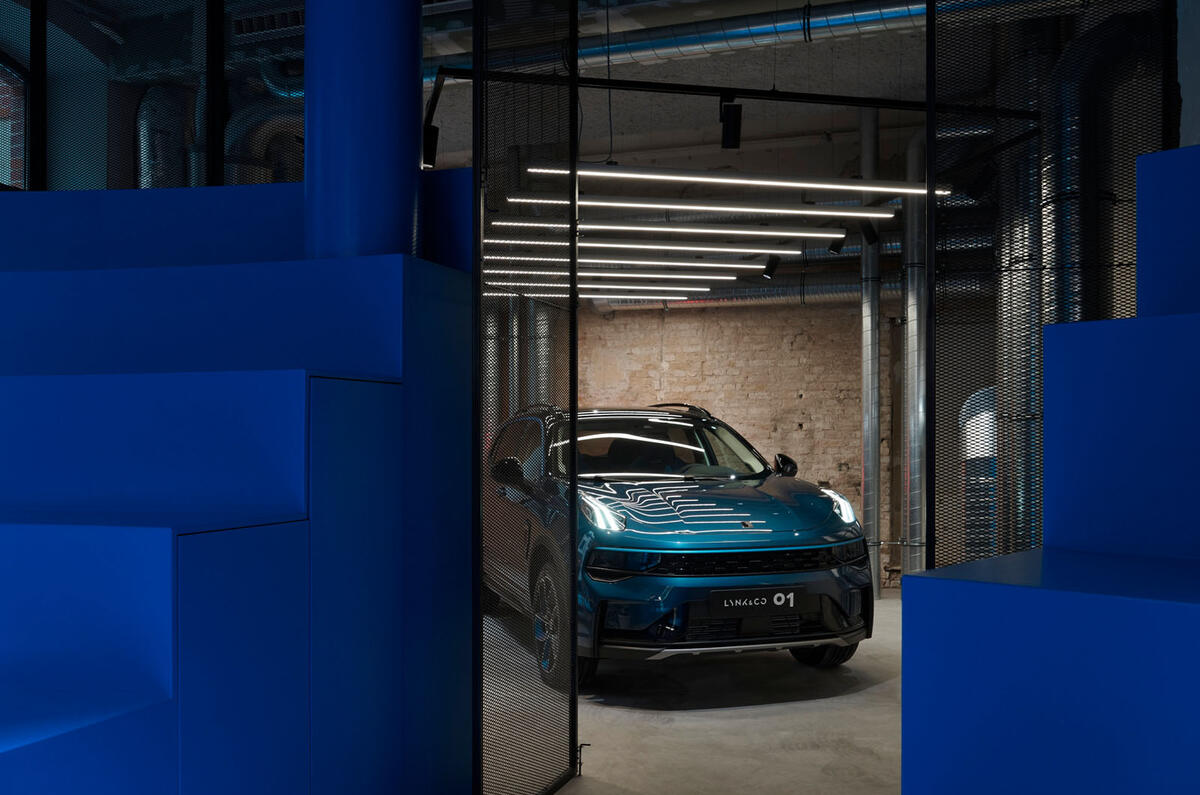
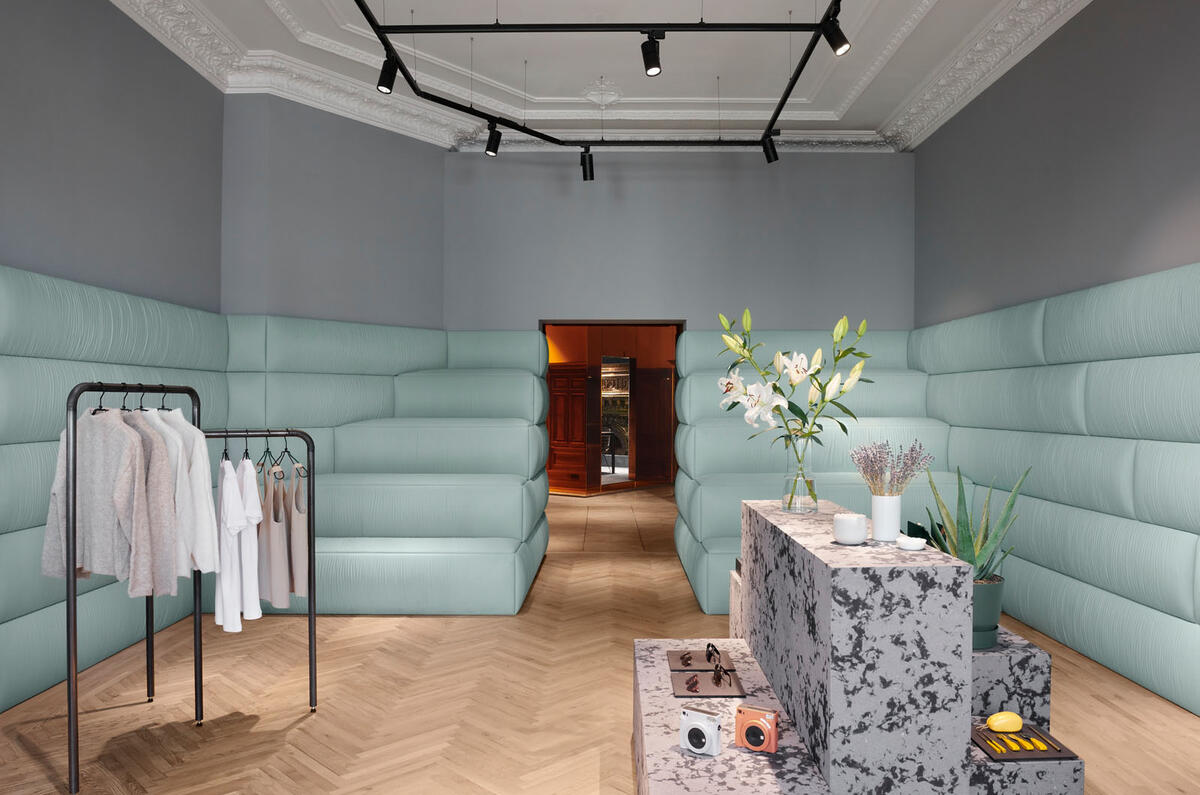
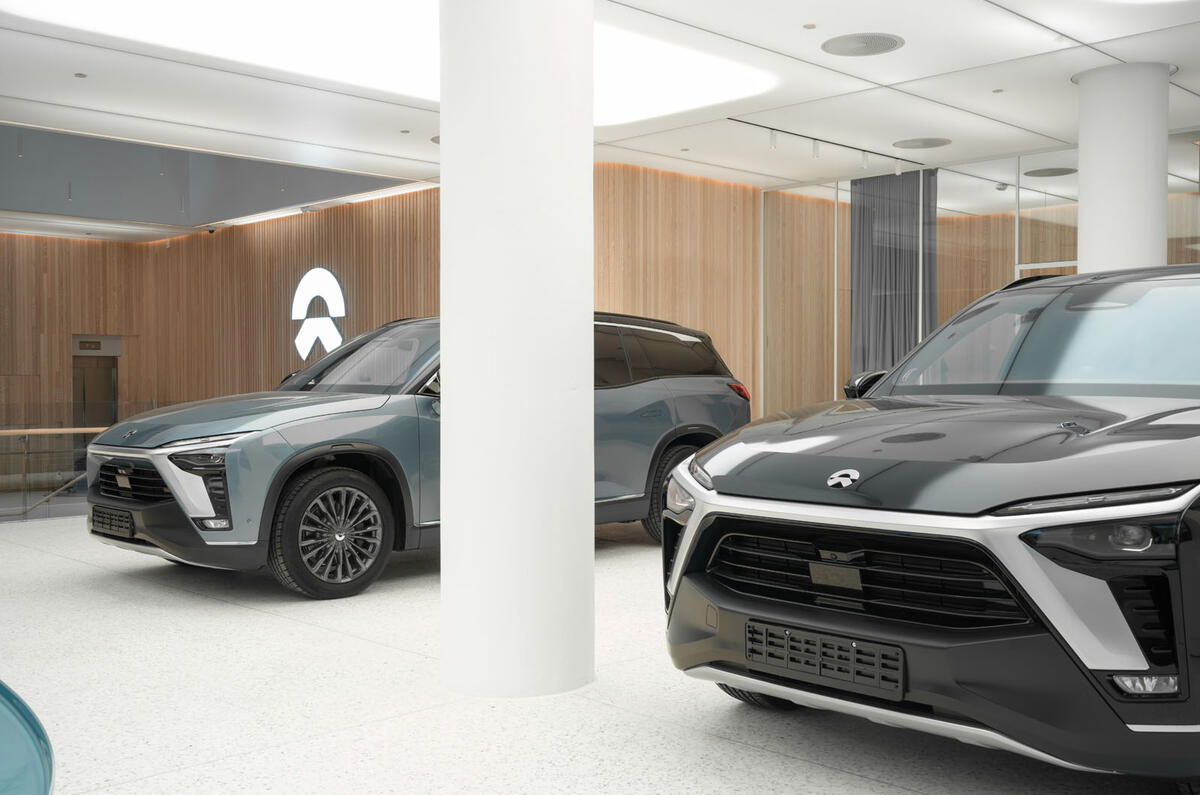
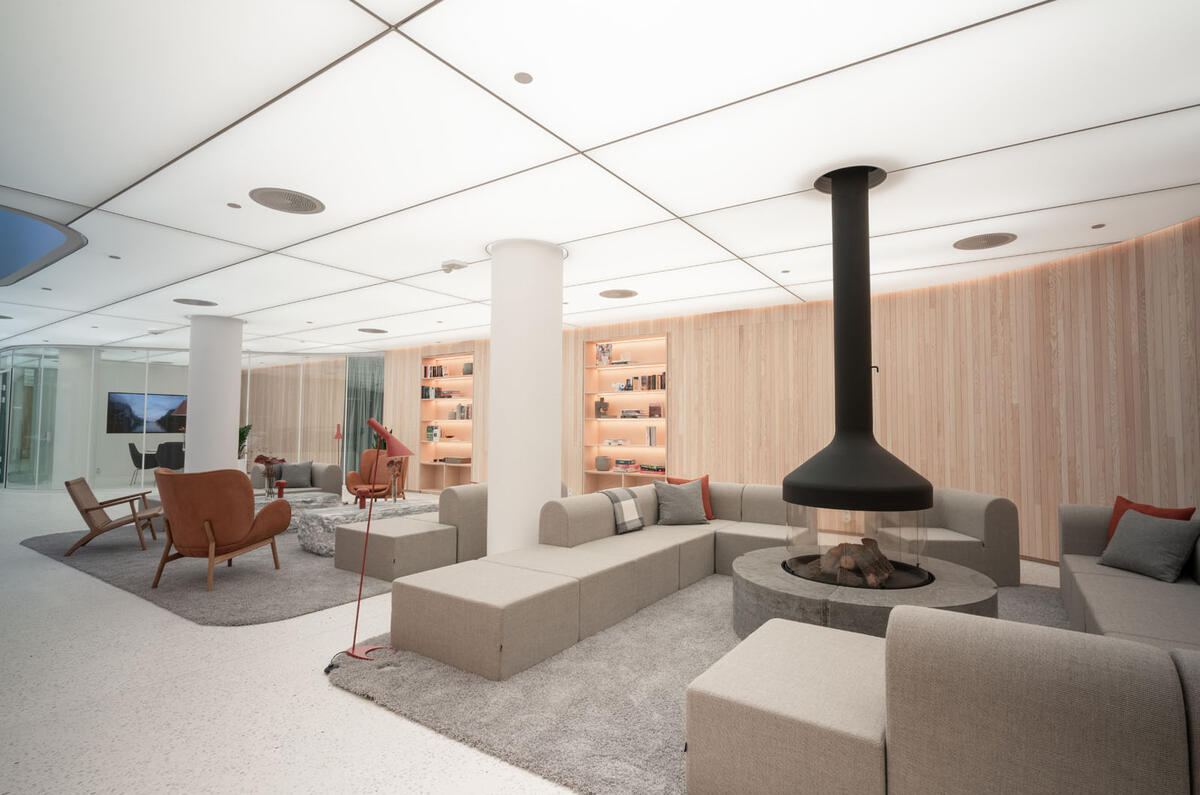
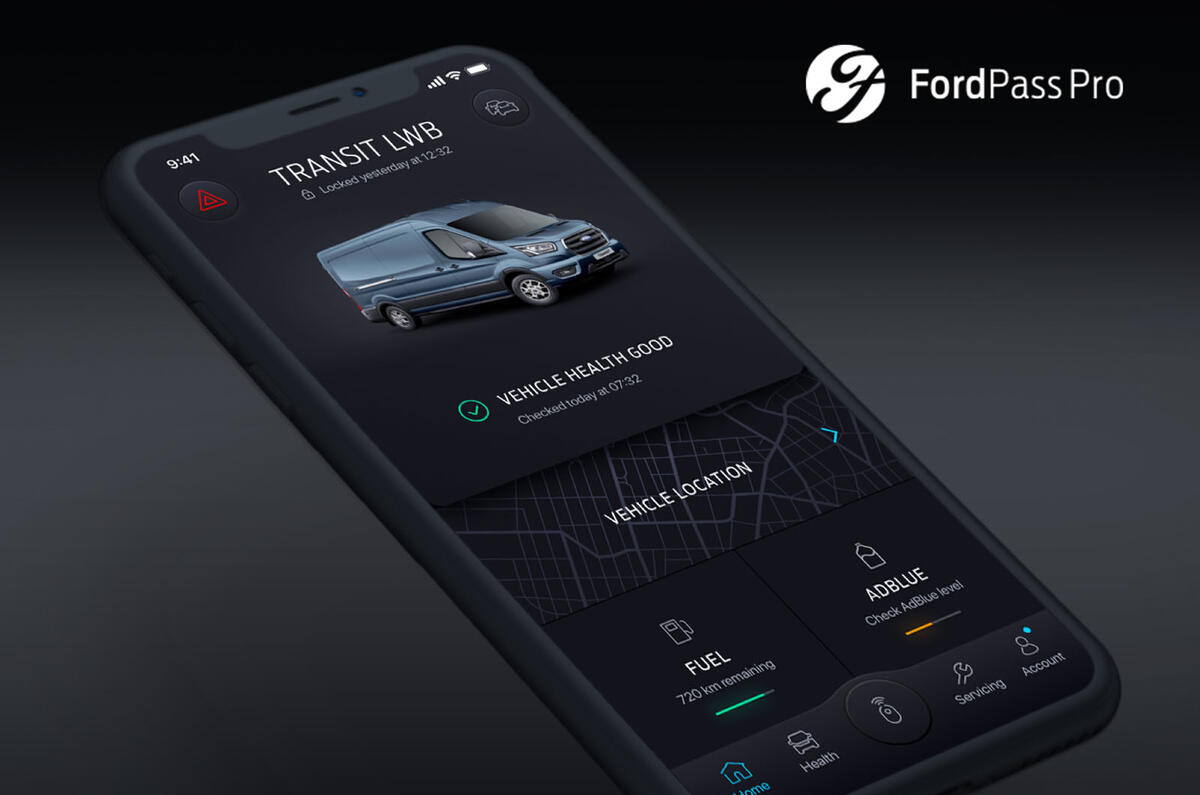
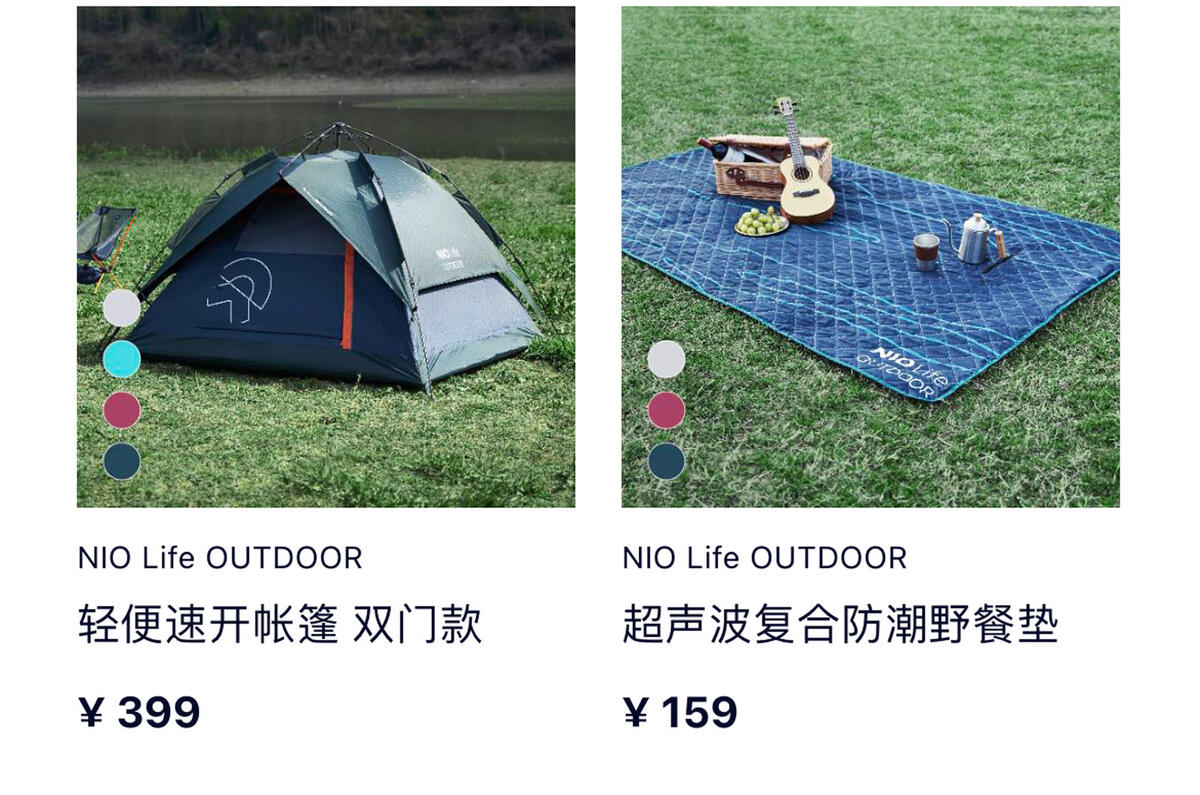

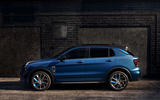

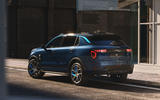




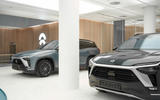

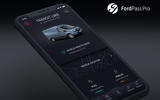
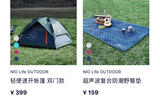
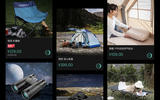






Add your comment